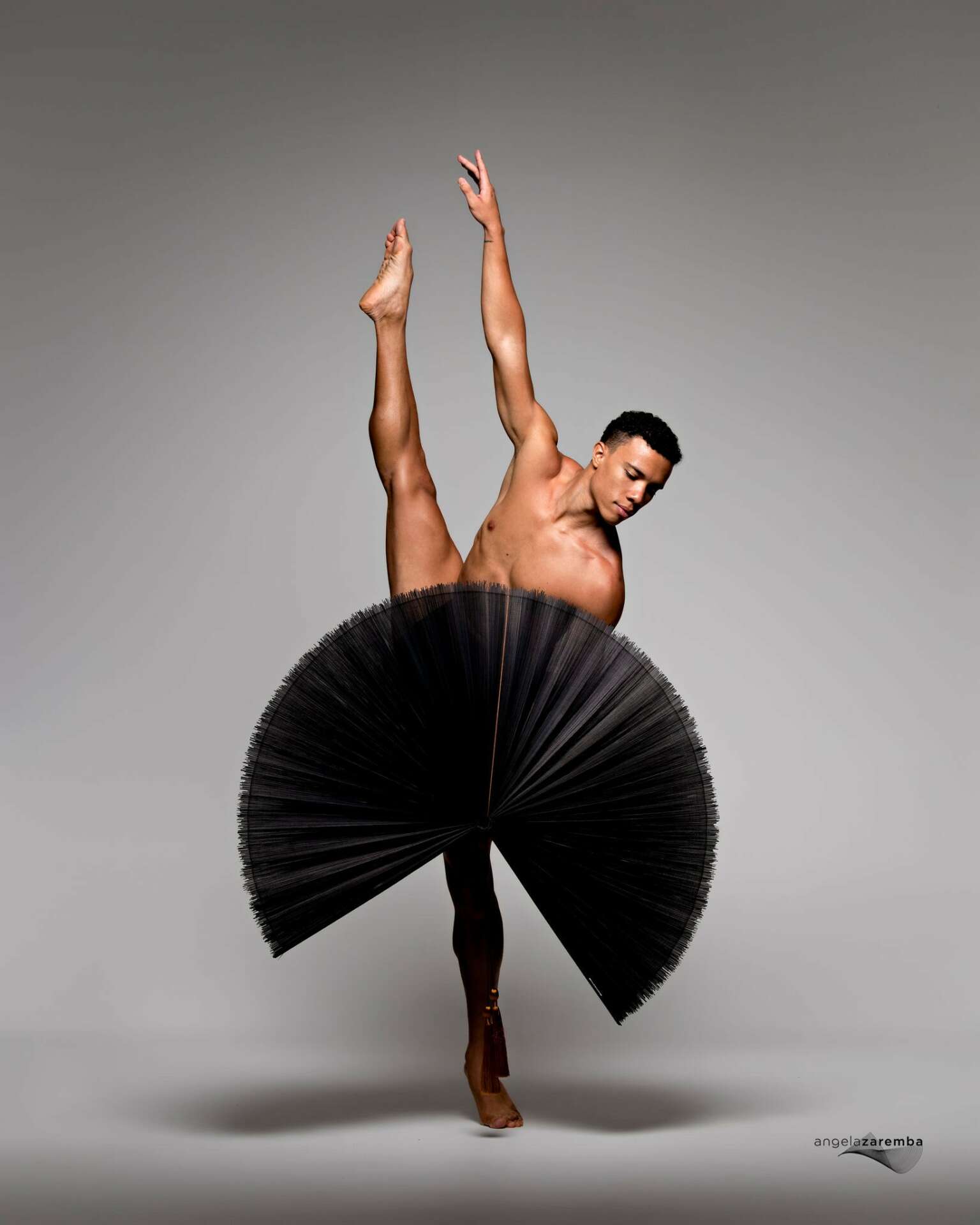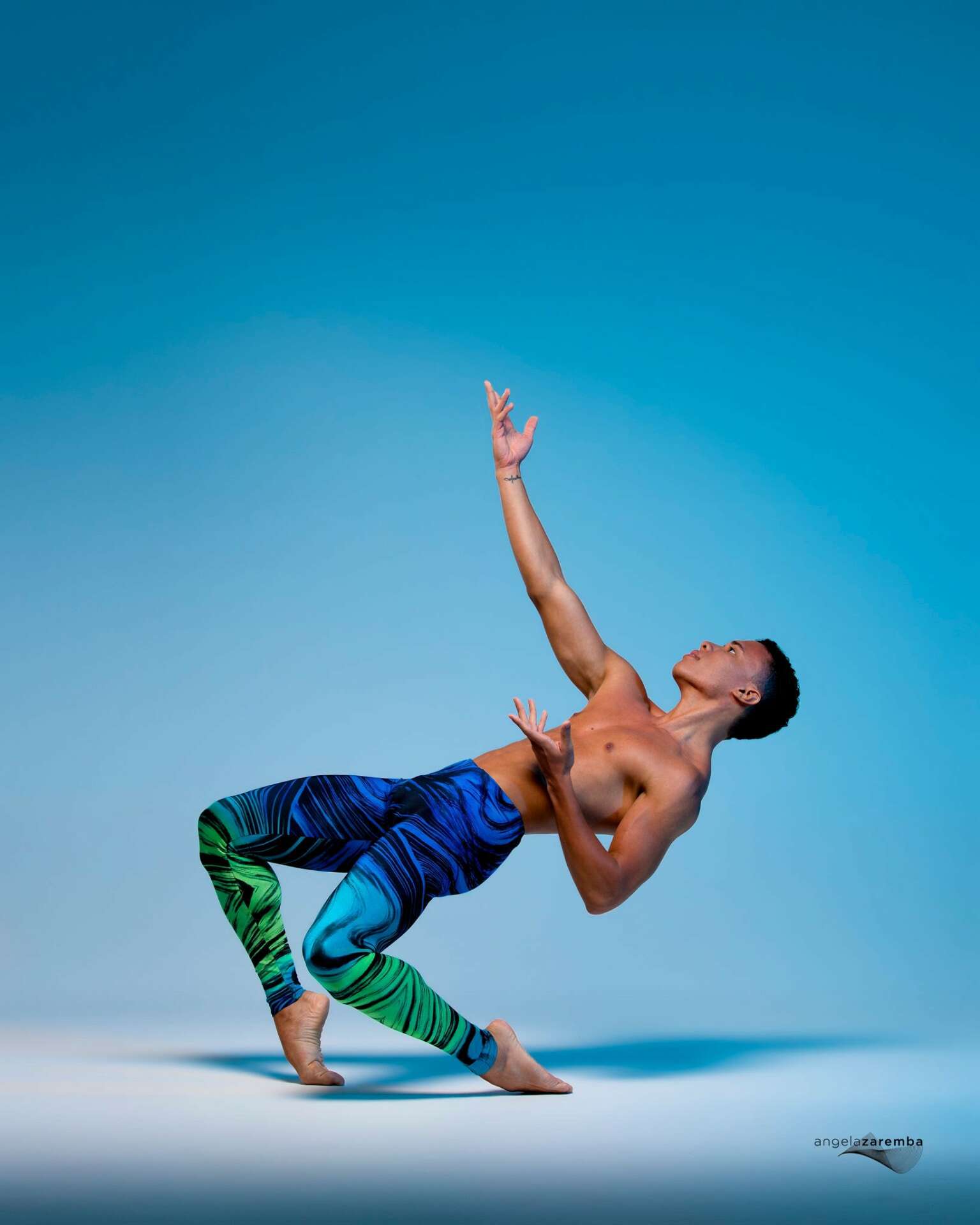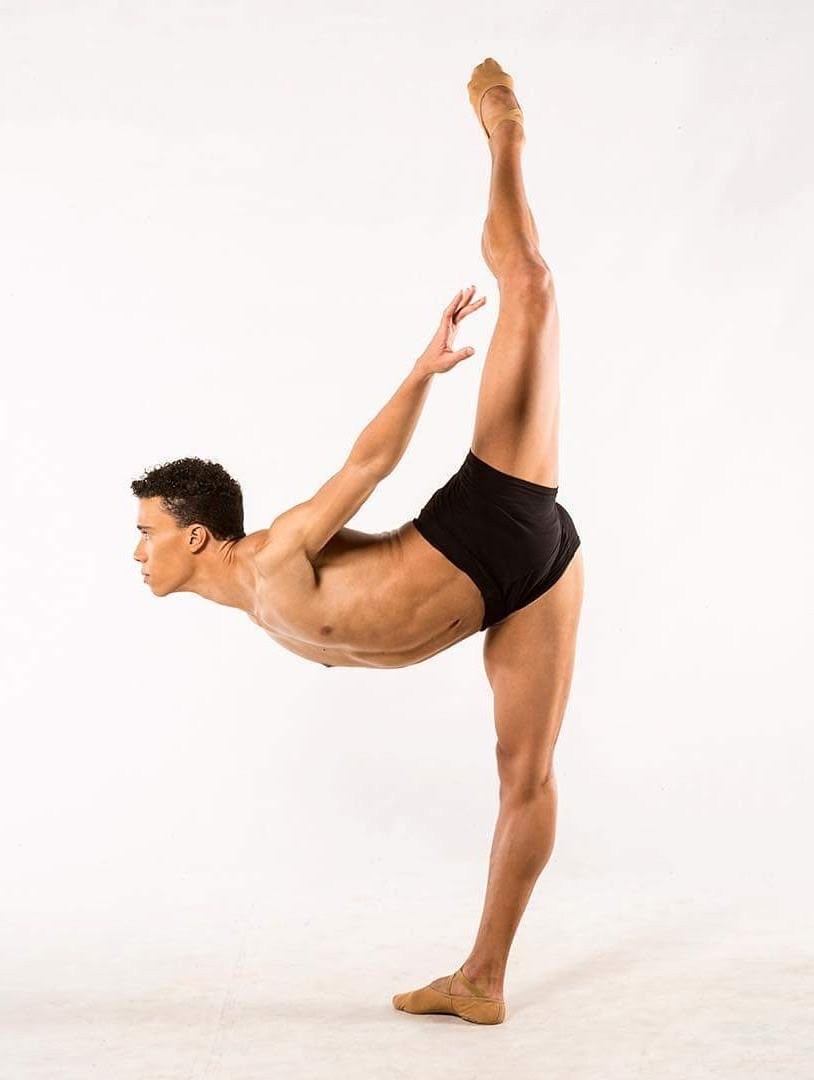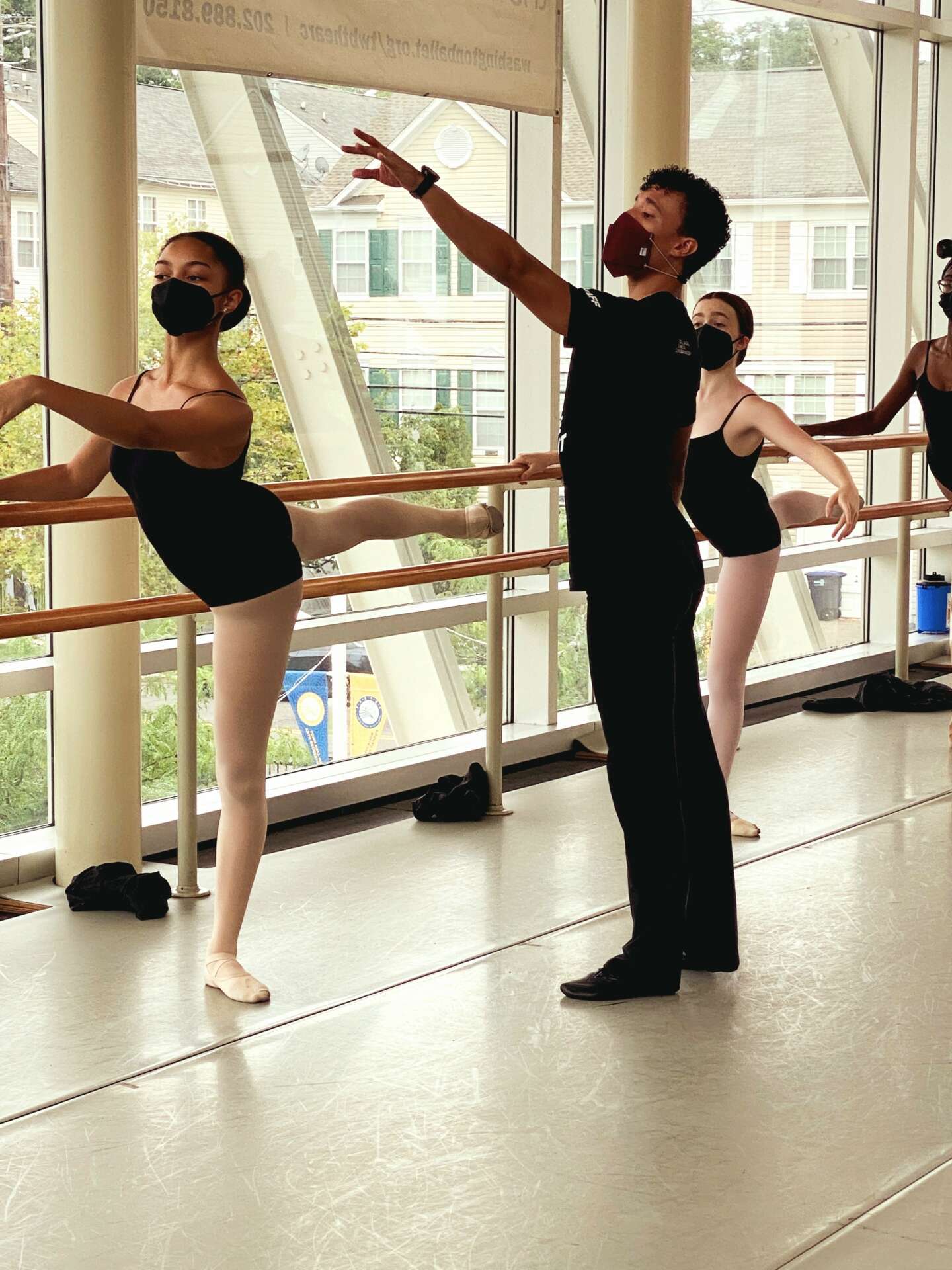We’re excited to introduce you to the always interesting and insightful Fábio Mariano. We hope you’ll enjoy our conversation with Fábio below.
Fábio, looking forward to hearing all of your stories today. Earning a full time living from one’s creative career can be incredibly difficult. Have you been able to do so and if so, can you share some of the key parts of your journey and any important advice or lessons that might help creatives who haven’t been able to yet?
I am proud that I have been able to earn a full-time living from my art for a few years now, but it wasn’t always like that. In the beginning of my journey I had the support of my parents, but I also started working to support myself. I knew it was difficult for my parents to afford everything for me and I wanted to be able to contribute somehow. My first job was already dance related, I started teaching younger dancers. Although I didn’t have as much knowledge at the time, I really needed the income so I did the best I could to keep that opportunity. I had to conciliate the work with my classes and that wasn’t easy. It took me a few years to get to a place where I was getting paid enough to be fully independent, and after that I had another wave of financial struggle before I stabilized myself again. I don’t think I could have done anything different, When I first moved to the US I knew I wasn’t going to be making much, but I had to make a sacrifice to take that shot, it wasn’t an easy decision to make but it paid off.


Fábio, before we move on to more of these sorts of questions, can you take some time to bring our readers up to speed on you and what you do?
I started dancing at the age of 14, when I was 16 I decided that I wanted to pursue dance professionally. After auditioning twice, I was admitted to the most renowned ballet academy in Brazil. I started dancing later than most students, so I had a lot of catching up to do. At the school I went to to, the focus was classical ballet, but I also learned contemporary dance, dance history, art history, dance terminology and more. Brazil is not an easy country to make a living as a dancer, unfortunately there is very little support to the art form. I started my first full time job as a dancer 1 year before I graduated from the ballet academy, which was a great way for me to transition into the professional world. Unfortunately, after 2 years working for that company, the government cut the funds and the company had to fold. I was tired of struggling to find a job as a classical dancer in Brazil, so I decided to audition for companies in the US. It was a difficult moment, to migrate to a different country, so far from my family and my culture, but I had a purpose and nothing was stopping me. My resilience and hope kept me going, it took me places I could never imagine.



We’d love to hear a story of resilience from your journey.
Growing up in a poor household me and my family could not imagine that things like hopping on a plane and traveling outside the country was for us, it was only something we saw on TV, almost unreachable. Although that was something I really wanted, it took me a long time to believe it was possible for me. Eventually I broke those barriers and made my dream of visiting another country a reality, soon after I moved to the US. Moving to the US was harder than I anticipated. Not only I was away from my family and my culture, my first job’s pay was barely enough for me to survive. I got to the point where I had to live in the basement of a house and count my money to eat. I remember talking to my mom on the phone and she said: “my son, we can’t do anything for you from here, but if you come home we will figure out together, it pains me to see you struggling and I can’t do anything to help you..” But there was something inside me that did not let me give up, something telling me that I had to go through the low to get to the high. In tears I told my mom: “I didn’t come this far to give up, I’m not gonna stop pushing until I break through or I can’t push anymore.” My family could never support me financially but they’ve always been there for me. Those were difficult times, but it made me who I am today.


Is there something you think non-creatives will struggle to understand about your journey as a creative? Maybe you can provide some insight – you never know who might benefit from the enlightenment.
People struggle to understand what it is to be a dancer. Most of the times people assume I teach dance to kids and when I explain that my job is to dance they don’t understand at all what I do, how that is a profession or how I make money. Within the dance field there are many professions, one can be a dancer, a dance teacher, a choreographer, an artistic director, a rehearsal director and more. Like many other professions, it takes many years of studying and training to become a professional dancer. A dancer’s job consists on daily training to maintain the techniques, hours of daily rehearsal and performances. Dance, especially classical ballet, is not an art form that is appreciated by everyone, but I really want more people to understand the profession.
Contact Info:
- Website: fabiocmariano.wixsite.com/fabiocmariano
- Instagram: Fabiocmariano
- Facebook: Facebook.com/fabiocmariano
Image Credits
Mohammed Al Taher Angela Zaremba Cortesy of Collage Dance


